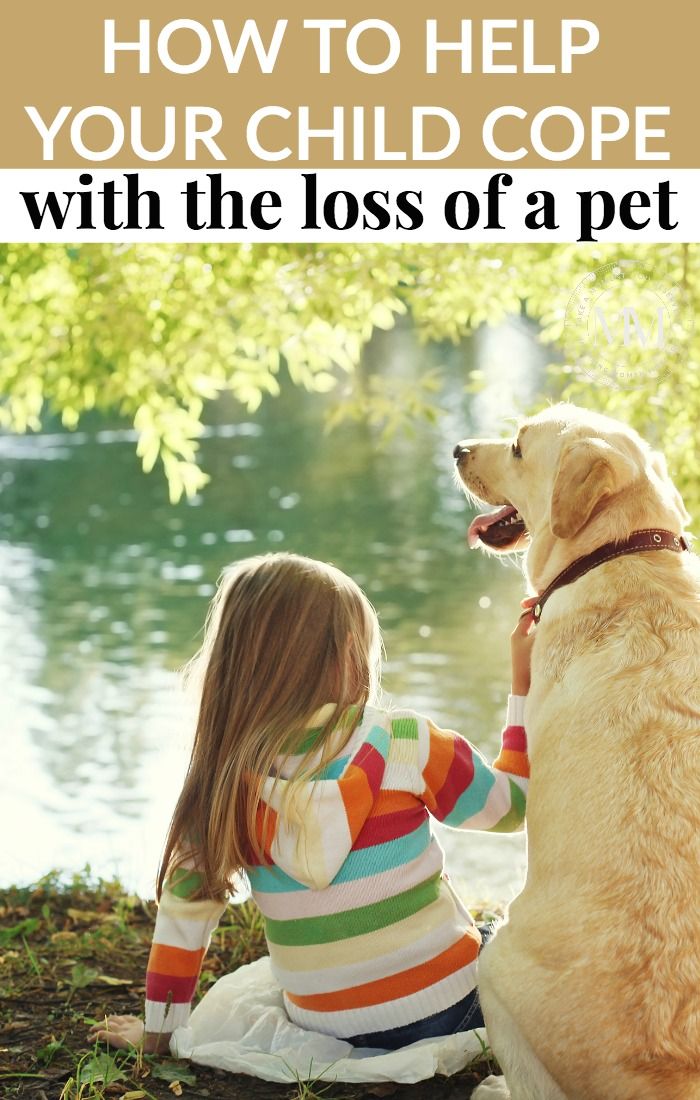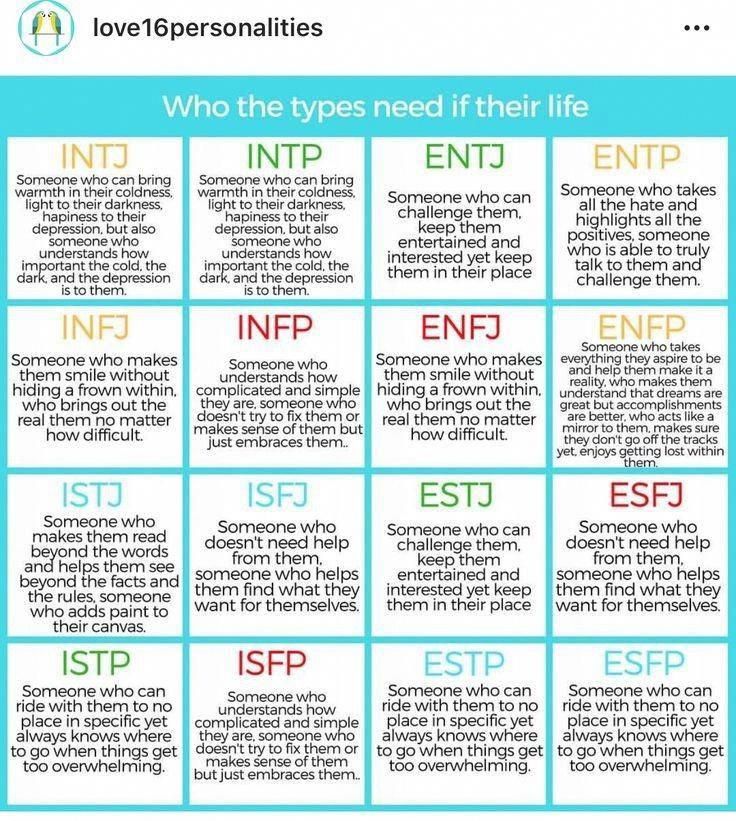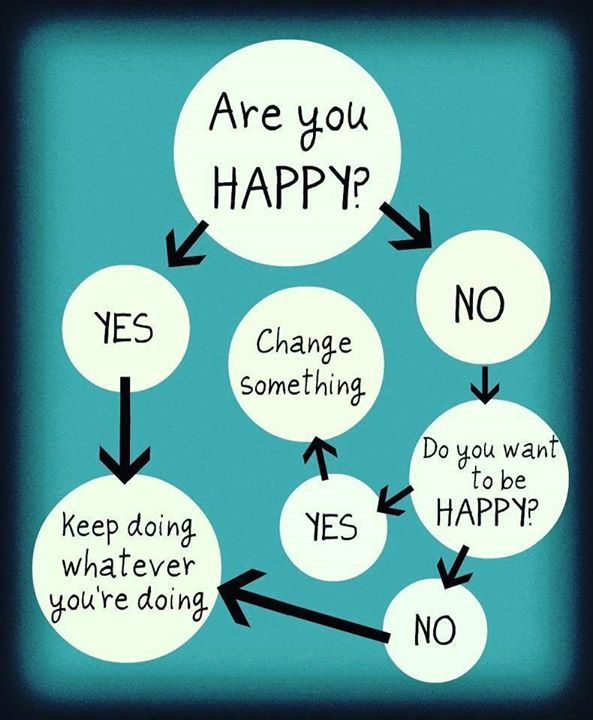Death of a pet children
Death of Pets: Talking to Children
Death of Pets: Talking to Children
No. 78; April 2017
For many children, their first real experience with loss occurs when a pet dies. When this happens, children need consolation, love, support, and affection more than they need complicated medical or scientific explanations.
Children's reactions to the death of a pet will depend upon their age and developmental level. Children 3 to 5 years of age see death as temporary and potentially reversible. Between ages 6 and 8, children begin to develop a more realistic understanding of the nature and consequences of death. Generally, it is not until 9 years of age that children fully understand that death is permanent and final. For this reason, very young children should be told that when a pet dies, it stops moving, doesn't see or hear anymore, and won't wake up again. They may need to have this explanation repeated several times.
There are many ways parents can tell their children that a pet has died. It is often helpful to make children as comfortable as possible (use a soothing voice, hold their hand or put an arm around them) and to tell them in a familiar setting. It is also important to be honest when telling children that a pet has died. Trying to protect children with vague or inaccurate explanations can create anxiety, confusion, and mistrust.
Children often have questions after a pet dies, including: Why did my pet die? Is it my fault? Where does my pet's body go? Will I ever see my pet again? Does my pet have a soul? If I wish hard and am really good, can I make my pet come back? Does death last forever? It is important to answer such questions simply, but honestly, using terms and concepts the child understands. You may wish to offer an explanation based on your family’s belief system or religious back ground. Children may experience sadness, anger, fear, denial, and guilt when their pet dies. They may also be jealous of friends with pets.
When a pet is sick or dying, spend time talking with your child about his/her feelings. If possible, it is helpful to have the child say goodbye before the pet dies. Parents can serve as models by sharing their feelings with their children. Let your child know it is normal to miss pets after they die and encourage the youngster to come to you with questions or for reassurance and comfort.
If possible, it is helpful to have the child say goodbye before the pet dies. Parents can serve as models by sharing their feelings with their children. Let your child know it is normal to miss pets after they die and encourage the youngster to come to you with questions or for reassurance and comfort.
There is no best way for children to mourn their pets. They need to be given time to remember their pets. It helps to talk about the pet with friends and family. Mourning a pet has to be done in a child's own way. After a pet has died, children may want to bury the pet, make a memorial, or have a ceremony. Other children may write poems and stories, or make drawings of the pet. Other children might want to pray for their deceased pet. It is usually best not to immediately replace the pet that has died.
The death of a pet may cause a child to remember other painful losses, or upsetting events. A child who appears to be overwhelmed by their grief and not able to function in their normal routine may benefit from an evaluation by a child and adolescent psychiatrist or other qualified mental health professional.
There are a number of books which can help a parent talk to their child about the death of a pet. These include:
The Dead Bird by Margaret Wise Brown (HarperCollins)
Badger's Parting Gift by Susan Varley (HarperCollins)
The Tenth Good Thing About Barney by Judith Viorst (Aladdin)
When a Pet Dies (for Parents)
For most kids, pets are more than just animals their families own — they're members of the family and the best of friends.
Unfortunately, the joy of owning a pet goes hand-in-hand with the heartbreak of losing one, whether because of old age, illness, or an accident.
And that can be very hard. After all, family pets often are the first to greet kids in the morning and after school. Your pet may be the one your child looks to for comfort and companionship when ill or feeling unpopular or upset.
While it's impossible to shelter kids from the loss of a pet, you can help them cope with it. And because a pet's death might be their first time losing a loved one, the grieving process can help kids learn how to cope with other losses throughout life.
Sharing the News and the Grief
One of the most difficult parts about losing a pet may be breaking the bad news to kids. Try to do so one-on-one in a place where they feel safe and comfortable and not easily distracted.
As you would with any tough issue, try to gauge how much information kids need to hear based on their age, maturity level, and life experience.
If your pet is very old or has a long illness, consider talking to kids before the death happens. If you have to euthanize your pet, you may want to explain that:
- the veterinarians have done everything that they can
- your pet would never get better
- this is the kindest way to take the pet's pain away
- the pet will die peacefully, without feeling hurt or scared
Again, a child's age, maturity level, and questions will help determine whether to offer a clear and simple explanation for what's going to happen. If so, it's OK to use words like "death" and "dying" or to say something like "The veterinarian will give our pet a shot that first puts it to sleep and then stops the heart from beating.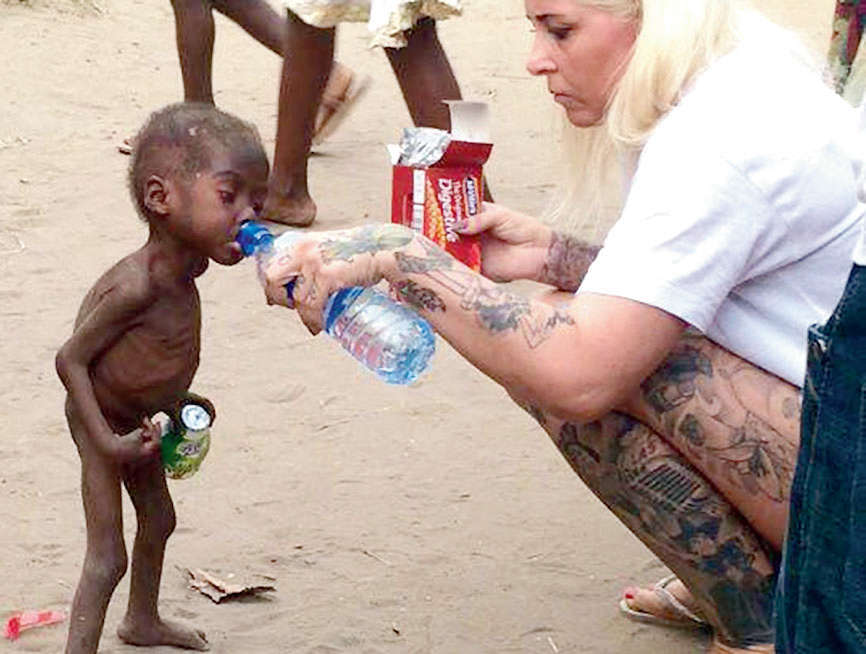 " Many kids want a chance to say goodbye beforehand, and some may be old enough or emotionally mature enough to be there to comfort the pet during the process.
" Many kids want a chance to say goodbye beforehand, and some may be old enough or emotionally mature enough to be there to comfort the pet during the process.
If you do have to euthanize your pet, be careful about saying the animal went "to sleep" or "got put to sleep." Young kids tend to take things literally, so this can conjure up scary ideas about sleep or surgery and anesthesia.
If the pet's death is more sudden, calmly explain what has happened. Be brief, and let your child's questions guide how much information you provide.
Page 1
Sticking to the Truth
Avoid trying to gloss over the event with a lie. Telling a child that "Buster ran away" or "Max went on a trip" is not a good idea. It probably won't alleviate the sadness about losing the pet, and if the truth does come out, your child will probably be angry that you lied.
If asked what happens to the pet after it dies, draw on your own understanding of death, including, if relevant, the viewpoint of your faith.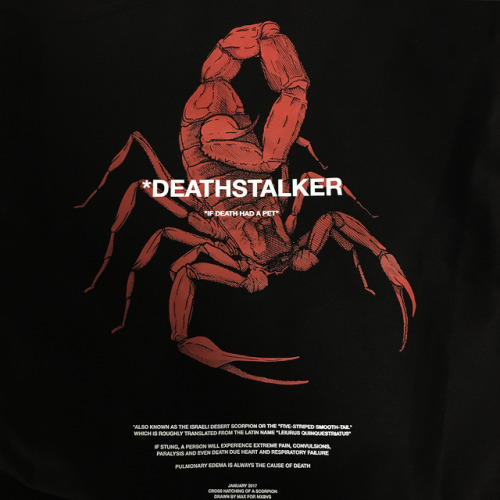 And since none of us knows fully, an honest "I don't know" certainly can be an appropriate answer — it's OK to tell kids that death is a mystery.
And since none of us knows fully, an honest "I don't know" certainly can be an appropriate answer — it's OK to tell kids that death is a mystery.
Helping Your Child Cope
Like anyone dealing with a loss, kids usually feel a variety of emotions besides sadness after the death of a pet. They might experience loneliness, anger if the pet was euthanized, frustration that the pet couldn't get better, or guilt about times that they were mean to or didn't care for the pet as promised.
Help kids understand that it's natural to feel all of those emotions, that it's OK to not want to talk about them at first, and that you're there when they are ready to talk.
Don't feel compelled to hide your own sadness about losing a pet. Showing how you feel and talking about it openly sets an example for kids. You show that it's OK to feel sad when you lose a loved one, to talk about your feelings, and to cry when you feel sad. And it's comforting to kids to know that they're not alone in feeling sad.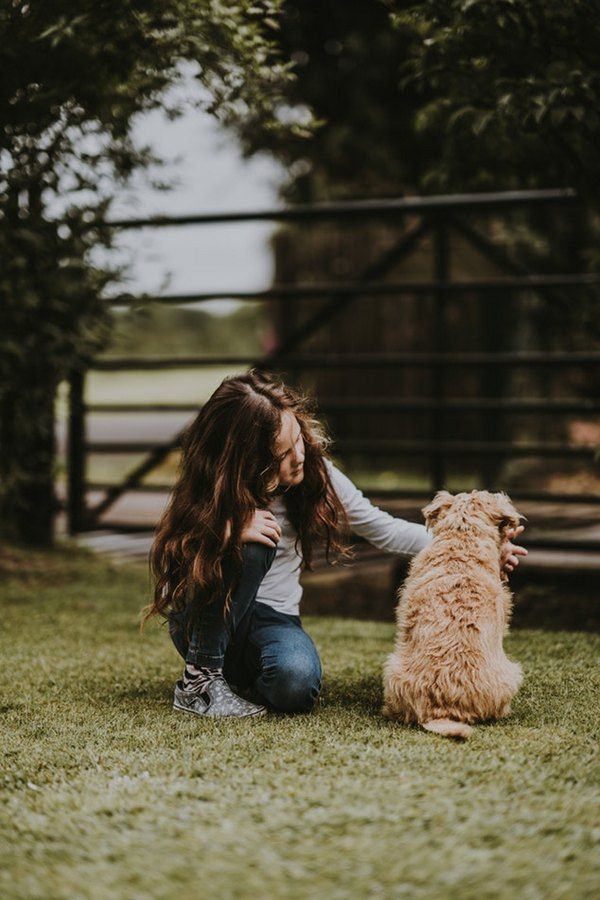 Share stories about the pets you had — and lost — when you were young and how difficult it was to say goodbye.
Share stories about the pets you had — and lost — when you were young and how difficult it was to say goodbye.
Looking Ahead
After the shock of the news fades, it's important to help your child heal and move on.
It can help kids to find special ways to remember a pet. You might have a ceremony to bury your pet or just share memories of fun times you had together. Write a prayer together or offer thoughts on what the pet meant to each family member. Share stories of your pet's funny moments. Offer lots of loving hugs. You could do a project too, like making a scrapbook.
Keep in mind that grieving over the loss of a pet, particularly for a child, is similar to grieving over a person. For kids, losing a pet who offered love and companionship can be much harder than losing a distant relative. You might have to explain that to friends, family members, or others who don't own pets or don't understand that.
Perhaps most important, talk about your pet, often and with love. Let your child know that while the pain will go away, the happy memories of the pet will always remain. When the time is right, you might consider adopting a new pet — not as a replacement, but as a way to welcome another animal friend into your family.
Let your child know that while the pain will go away, the happy memories of the pet will always remain. When the time is right, you might consider adopting a new pet — not as a replacement, but as a way to welcome another animal friend into your family.
Reviewed by: Steven Dowshen, MD
Date reviewed: June 2018
"Where's Barsik?" How to tell a child about the death of a pet
Children and animals have a special bond, and children experience the death of a pet in a special way. The topic is sad but important. In the book "Farewell, my friend" (the service Planeta.ru is raising funds for the publication of her translation), Lori Green tells how to support a child in such a difficult situation.
Nine-year-old Jimmy sat stoically next to his chronically ill mother at a pet bereaved support group meeting. His mother brought him because he had not cried once since his kitten was accidentally run over by a car. Jimmy loved the pet, and his mother was surprised by the lack of emotion. nine0003
nine0003
There were eight adults and Jimmy in the group. I, as usual, spoke about the process of mourning, and then asked each of the group members to tell their story. I decided that I would give Jimmy the last word. During the first story, all the participants cried - everyone except Jimmy. The boy sat frozen and lowered his eyes. After all the adults had spoken, I asked Jimmy if he was ready to share his story. He looked at me and started talking.
As soon as the boy spoke, he immediately began to sob, as if something inside him finally relaxed. It took him quite a long time to tell everything, because he could not stop his tears. When he finished, I asked him why he did not cry before and why he decided that now it can be done. nine0003
Jimmy replied, “I have to be strong for my mother and younger sisters, and I thought it must be stupid to cry over a cat. But when I saw that adults were crying, I realized that I could do it too.”
We all thanked Jimmy for sharing with us and I asked him if he felt better. He said what had happened and thanked the group for letting him know that crying over an animal is normal. Jimmy's story is not unique. He is one of many children who love their pets, but cannot grieve for them after their death, because they think it's stupid or that adults don't care. nine0003
He said what had happened and thanked the group for letting him know that crying over an animal is normal. Jimmy's story is not unique. He is one of many children who love their pets, but cannot grieve for them after their death, because they think it's stupid or that adults don't care. nine0003
Jimmy was lucky with his mother: she understood her son's grief and tried to help him cope with the pain
For many children, the loss of a pet is an extremely painful experience. In this chapter, we will tell you how to help children deal with grief over the death of a pet. The relationship between children and animals is different from the relationship between animals and adults, so the process of mourning will be different. The information in this chapter will give you the opportunity to help your child or any other child cope with the death of a special friend. nine0003
Furry teachers
My first pet was a tricolor cat named Bisby. We got her when I was five. Bisbee followed me everywhere like a dog.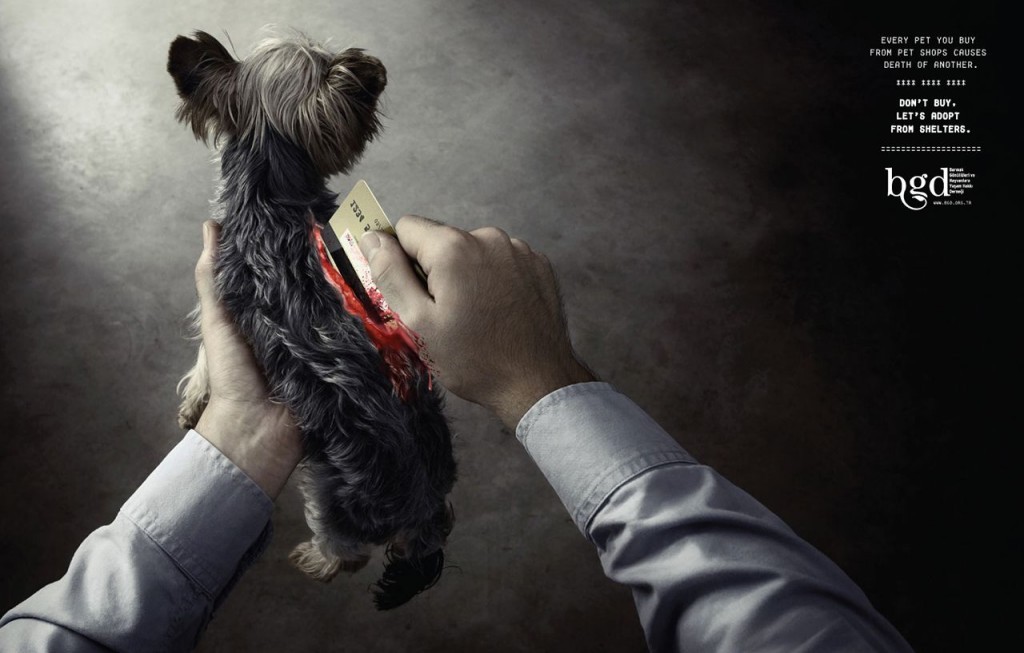 There was a field behind our house where children were not allowed to play because it was not safe. Of course, most of all we loved to play there. Unfortunately, Bisbee always went with us and usually got into trouble.
There was a field behind our house where children were not allowed to play because it was not safe. Of course, most of all we loved to play there. Unfortunately, Bisbee always went with us and usually got into trouble.
One day I decided to lock Bisbee in a closet so she wouldn't go into the field. My friends and I had a great day, and I returned home for dinner at 18:00. At dinner, my mother asked, "Where's Bisbee?" Of course, I knew, but I suspected that neither mom nor dad would like the answer. I lied and said, "I don't know." It was a big mistake! Bisby immediately meowed loudly, giving away her location. Her parents let her out of the closet, and then invited me to go to my room and think about my behavior. "How would you feel if we locked you in a closet?" they asked. nine0003
Bisbee followed me into the room. I sat on the bed, I was ashamed. The cat jumped up to me and purred. She forgave me and everything was fine again. I remember thinking that it would be great if people could forgive in the same way. I promised her never to lock her in a closet again, and I think she understood that I regretted my action.
I promised her never to lock her in a closet again, and I think she understood that I regretted my action.
I told Bisby my secrets and knew she wouldn't give them away. I learned a lot from this beautiful cat: compassion, empathy, forgiveness and love. Looking back, I understand that at that moment she was my best friend. nine0003
She died when she was eight. Bisbee taught me the value of love and friendship and I will always remember what a special teacher she was.
I wouldn't be surprised if my story of friendship with Bisby evokes familiar feelings in you. Maybe you, too, were close to your pet as a child, or maybe your child is very attached to his animal. Children learn a lot from their pets, including loyalty, trust, love, compassion, and empathy. Animals are often endowed with these traits, and children readily learn these lessons. It is often easier for them to learn from pets than from adults: everything seems clear and understandable to a child. Perhaps this is because animals never fully mature in the way humans do. nine0003
nine0003
They remain like children until the end of their lives, and that is why it is easier for children to build relationships with them.
Here is another example. In the village of Brewster, New York State, there is a farm called Green Chimney's. This is not just a farm, but a school for troubled teenagers from the poor neighborhoods of New York. In this school, children learn skills that they could hardly learn in a traditional school or at home. This wonderful place was founded by a man named Sam Ross. Sam was in his early twenties when the idea came to him: he decided to create a school for teenagers on a farm where children could take care of animals. Ross loved animals and believed that "lost" children would benefit from contact with these wise creatures. nine0003
Charles arrived at Green Chimney's Farm when he was thirteen years old and had difficulty dealing with anger. He almost immediately became friends with a horse named Warlock. Here is what Charles says: “One has only to look into the eyes of an animal, and you will immediately understand how cute it is. I love to look into their eyes because I know they see me too. You can understand how a horse feels by looking at its ears. If she flattens her ears, she is angry or something is bothering her. If the ears are upright, she is interested in something. When a horse is happy, he points his ears forward. I don't like it when they get angry or upset." nine0003
I love to look into their eyes because I know they see me too. You can understand how a horse feels by looking at its ears. If she flattens her ears, she is angry or something is bothering her. If the ears are upright, she is interested in something. When a horse is happy, he points his ears forward. I don't like it when they get angry or upset." nine0003
He added: “They are listening to me. Horses love spending time with children. They love it when I come to them. They especially like it when I pet them. It makes me feel better too. I would never take my anger out on a horse."
Charles's story is especially important because there is a direct link between cruelty to animals in childhood and aggressive behavior towards other people in adulthood. Research shows that if a child learns to be kind to animals, they develop empathy, which later turns into compassion. We know that anger often leads to aggression, so if Charles understands the value of empathy in a relationship with Warlock, then as an adult, he ideally will not take out his anger on people.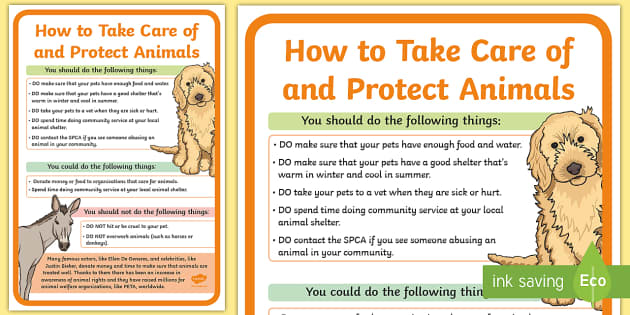 nine0003
nine0003
Therapy Animals
Eight-year-old Rose came to my office with her mother, Terry. For the past six months, Rose, in her words, has been "worried." The teacher advised Terry to take her daughter to a psychologist. Rose's anxiety sometimes developed into panic attacks so strong that the girl began to choke. This could happen both at school and at home. When I asked Rose what she was afraid of, she replied that she was afraid of "getting in trouble" because of a teacher or another child.
Rose lived with her parents, ten-year-old brother, three cats and two dogs. Parents loved animals, just like Rose. Her pet dog was Daisy. After talking with Rose, it became clear to me that he and Daisy have a special connection. I decided that the dog could participate in therapy and asked Rose to take her with me to the next session. nine0003 Photo: Melianiaka Kanstantsin / shutterstock / fotodom
While we were talking, the girl was stroking the dog, and I asked her how she felt at that moment. Rose replied that when she stroked Daisy, she was calm and did not need to worry about anything. She liked to touch her soft fur. For the next session, I asked her to bring a photo of Daisy and a school notebook. We attached a photo to the cover of the notebook, and I suggested the following: as soon as Rose feels excited about being at school, she should look at Daisy and remember how calm she feels when she is stroked. nine0003
Rose replied that when she stroked Daisy, she was calm and did not need to worry about anything. She liked to touch her soft fur. For the next session, I asked her to bring a photo of Daisy and a school notebook. We attached a photo to the cover of the notebook, and I suggested the following: as soon as Rose feels excited about being at school, she should look at Daisy and remember how calm she feels when she is stroked. nine0003
A week later, Rose and her mother reported that she was much better and did not have panic attacks. Rose said that when she started to get worried, she looked at the photo of the dog and remembered how Daisy's fur felt when she stroked it. This calmed her down, and she rejoiced at her well-being. The power of attachment to a dog was therapeutic for Rose. Now she is doing well and has almost no cause for concern.
Every week San Diego Humane Society volunteers load cages of special dogs, cats, puppies, kittens, rabbits, guinea pigs and rats into the trucks.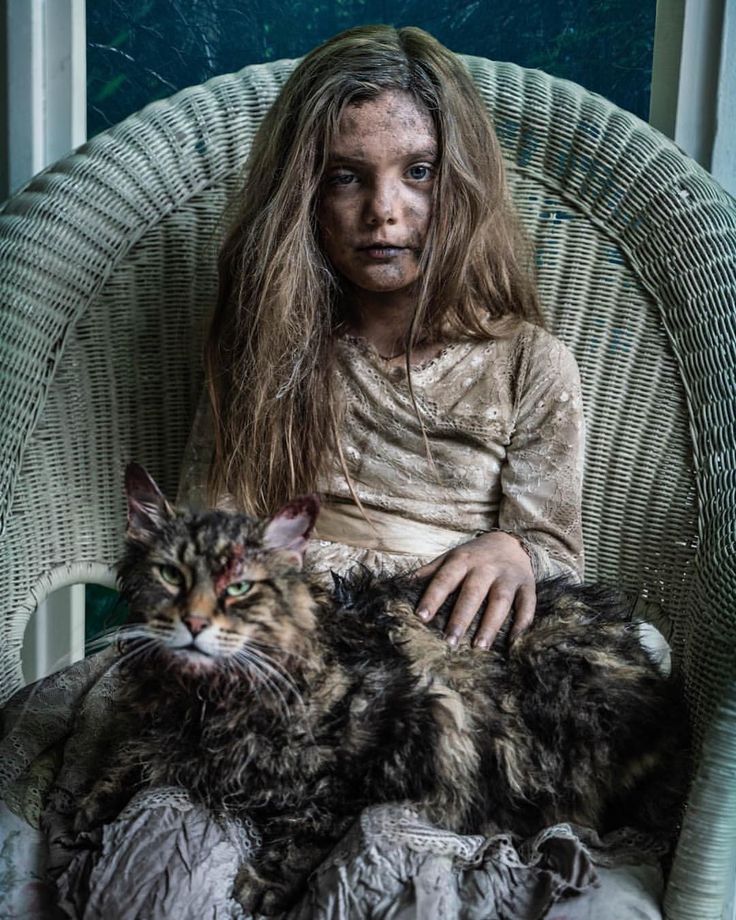 They take animals to visit children in different schools, psychiatric clinics for minors and kindergartens. The purpose of these visits is to give children and teenagers the opportunity to interact with animals, who otherwise may not have the opportunity to pet or make friends with the animal. According to volunteers, for the sake of smiles on the faces of children, they are ready to do it again and again. nine0003
They take animals to visit children in different schools, psychiatric clinics for minors and kindergartens. The purpose of these visits is to give children and teenagers the opportunity to interact with animals, who otherwise may not have the opportunity to pet or make friends with the animal. According to volunteers, for the sake of smiles on the faces of children, they are ready to do it again and again. nine0003
For a short time, children can forget about their problems and focus on the joy that animals bring to our lives. They play with animals, stroke them and cuddle with them. Joy and laughter reign all around. Both children and animals enjoy this communication, a special bond arises between them.
Special relationship, special reactions
Children often have a very different relationship with a pet than adults in the same family. To help your child cope with the loss of a pet, it is helpful to understand what these differences are. nine0003
During my work on the topic of affection between humans and animals, I have been asked many times to speak at an elementary school about the benefits of relationships with pets.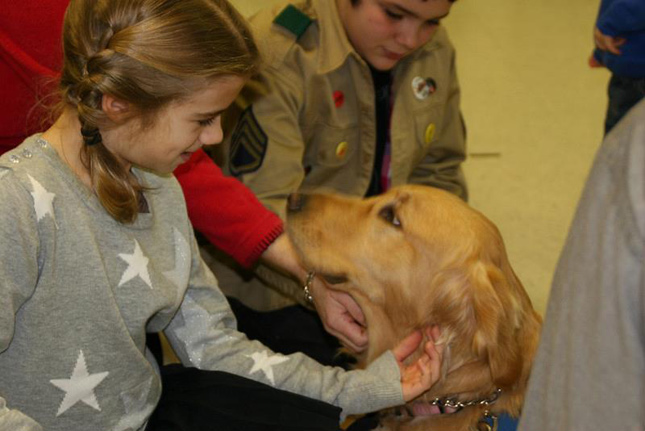 Almost from the very beginning, students actively participate in the dialogue. It seems that when it comes to pets, they are much less shy than when they are offered to discuss another topic.
Almost from the very beginning, students actively participate in the dialogue. It seems that when it comes to pets, they are much less shy than when they are offered to discuss another topic.
Over the years, I have accumulated a lot of notes about what children say about their pets. Below I will give a few quotes from students of the fourth and fifth grades, which I wrote down over ten years. It is curious that almost all the children, without exception, had pets, even if the school to which I was invited was in a poor area. Animals are different: not only dogs, cats, hamsters and fish, but also mice, snakes, iguanas and even horses. One student had a goat. nine0003
One of the most common responses is "My pet is my best friend." I have heard these words in every room I have ever spoken in, and usually about half of those present agree with this statement.
Here are some other common revelations.
"I tell my pet secrets I wouldn't share with anyone else.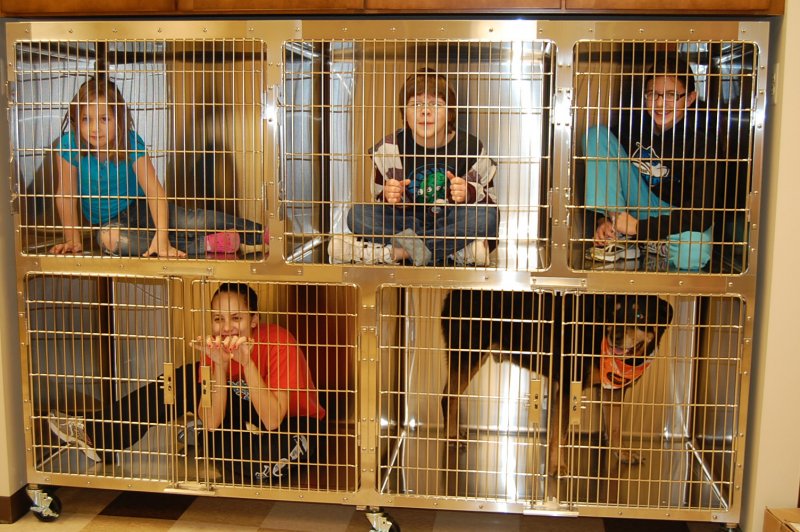 "
"
“I play with my pet every day. I have more fun with him than with most people." nine0070
“My pet understands me. Nobody understands me the way he does."
“I love sleeping with my pet. I feel safe with him."
“I like it when a pet annoys parents in some way. I feel that I am not the only one doing something wrong. Then I usually tell him that everything is in order, I still love him.
One day there was an argument in a class about which of the children would take the school hamster home for the weekend. One boy said quietly: "I would really like to adopt a hamster, because my dad recently died and I'm very lonely." Instinctively, the children realized that the hamster could console their friend, and everyone agreed that the animal should be given to him. This is real empathy. nine0003
Douglas, fourth grader, wore a back brace. He fell off his horse and injured several vertebrae. This is what he told me about his horse named Gallant: “It was not his fault that I fell. I was inattentive. I hope the parents don't get rid of him. I am very afraid of this, because I love him very much. He is my best friend".
I was inattentive. I hope the parents don't get rid of him. I am very afraid of this, because I love him very much. He is my best friend".
All these stories and words of children show that they often have close contact with companion animals. When a child loses a friend, the process of mourning can be different depending on age. This experience can also be your first encounter with death, so it's important for you as an adult to know what to say and how to say it. nine0003
Child Development
Before looking at exactly how children experience grief, let's talk about the development of a child's mind and how a child learns certain concepts such as "death". The stages of development are described in detail in Woolman's book A Guide to Developmental Psychology.
Toddlers under the age of two feel increased levels of family stress but are unaware of its causes. They cannot understand what death is, but they understand that there is tension. Children of this age can be soothed with hugs, laughter, and maintaining a normal routine. nine0003
nine0003
Children between two and five years old perceive the loss of a pet as a significant event, but do not understand that death is forever. They may miss their playmate and ask questions, but they usually don't grieve for too long. When I need to explain to a child in this age group why Fido won't come home, I say something like, "Remember, your toy broke and you couldn't play with it anymore? The same thing happened to Fido. His body broke down and the doctor couldn't fix it, so he won't come back to us." This explanation often works well. nine0003
This is much clearer to children than lengthy discussions about death.
Children between the ages of six and eight often personify death, thinking that it is some kind of monster or an old woman with a scythe. They imagine death in a certain way, but they believe that they can hide or run away from it. Because of this belief, the death of a pet can make these children angry. They do not understand why he did not run away, because then they could still be together. As an adult, it is important for you to convince the child that he is not responsible for what happened, and Fido could neither hide nor avoid death in any other way. You may have to have these conversations more than once. nine0003
As an adult, it is important for you to convince the child that he is not responsible for what happened, and Fido could neither hide nor avoid death in any other way. You may have to have these conversations more than once. nine0003
After the death of a pet, children of this age may regress in development and begin to urinate at night, suck their thumb or throw tantrums again, even if they have long ceased to do this. Knowing this, it will be easier for you to be close to the child and convince him that he is not to blame for the death of a pet. Punishment and humiliation for regressive behavior will only aggravate the situation by reinforcing unwanted manifestations.
Children between the ages of eight and twelve usually understand that death is irreversible. Perhaps this is their first experience of losing a loved one. You can help them by letting them know that you are ready to support them and that it is normal to cry and be sad because of the loss. You can also share your feelings and say that you are sad too, and sadness is a natural reaction under the circumstances. This is a good time to discuss death and the grieving process with your child. nine0003
This is a good time to discuss death and the grieving process with your child. nine0003
Adolescents between the ages of thirteen and seventeen are often torn between two conflicting desires: one day they want to be treated like adults, and the next day they want to be treated like children. Therefore, it is not surprising that today a teenager is crushed with grief due to the death of a pet, and tomorrow he suddenly declares that nothing terrible has happened. At the same time, it is teenagers who often worry more than others about the loss of a pet, because the animal could be with them all their lives. They lack the familiar routine that is associated with a pet. And yet, trying to act like adults, they can hide from you how bad they really are. nine0003
It is the responsibility of adults to monitor any changes in the behavior of teenagers, because the latter may remain silent about their grief. Changes can be expressed in withdrawal, difficulty sleeping, or challenging behavior that is not usually characteristic of a teenager. During this difficult time, teenagers need to be treated like younger children. Offer to spend time together, talk about how you feel, and discuss the loss.
During this difficult time, teenagers need to be treated like younger children. Offer to spend time together, talk about how you feel, and discuss the loss.
Now that you know how children of different ages react to the death of a companion animal, you can better understand the child's feelings in such a situation. This will give you the opportunity to help him get through the grief. nine0003 Photo: evrymmnt / shutterstock / fotodom
Helping children cope with the loss of a companion animal
For many children, the loss of a pet is their first encounter with death and grief. Often the animal is the first friend of the child to die. Children who have pets get the opportunity to learn about illness and death. This prepares them for similar experiences in the future. Through grief over the death of a pet, a child learns that death is a natural part of life. This experience causes emotional pain, but it can be endured and does not last forever. nine0003
However, childhood grief over the death of a pet is often understated. In the vast number of books on how children cope with loss, there are only a few references to mourning for pets. For many children, the death of a pet is a big blow and needs to be acknowledged. Here are some suggestions on how to help your child cope with this major loss.
In the vast number of books on how children cope with loss, there are only a few references to mourning for pets. For many children, the death of a pet is a big blow and needs to be acknowledged. Here are some suggestions on how to help your child cope with this major loss.
Don't lie. If a pet has to be euthanized, don't say it just fell asleep. Imagine yourself in the place of a child who was told that his dog fell asleep. What if in a few months the child needs to have an operation and the anesthetist says to him: “Now we will make you fall asleep for a while”? The kid might panic because Fido also "fell asleep" but never came back. It is better to say that Fido died quietly and without pain. If a child asks what the word "died" means, you can say, for example: "His body has stopped working, and he can no longer be with us." If you tell a child that the animal has run away, he may feel rejected and abandoned, or even start looking for his missing friend, hoping for his return. He may think: "No one loves me, even my cat ran away from me." You need to talk with a child about euthanasia in such a way that he can understand. To do this, consider its age and stage of development. If the pet was hit by a car, explain that there was an accident and that the child was not at fault. It is important to tell the truth, because if children find out that they have been deceived, they may not trust you. nine0003
He may think: "No one loves me, even my cat ran away from me." You need to talk with a child about euthanasia in such a way that he can understand. To do this, consider its age and stage of development. If the pet was hit by a car, explain that there was an accident and that the child was not at fault. It is important to tell the truth, because if children find out that they have been deceived, they may not trust you. nine0003
Ask the children if they have any questions. They may not be at all or there may be a lot. When answering questions, remember the age of the child, but it is important to give answers. Don't brush it off by saying, "Forget it, it's just a dog. It's all in the past, it's time to move on."
Explain that it is okay to be angry and sad. You can tell your child that you are also sad and angry. Say that together you will definitely do it. This time can be a great time to be with your family and remember your pet. Make a memorial album about him or draw an animal.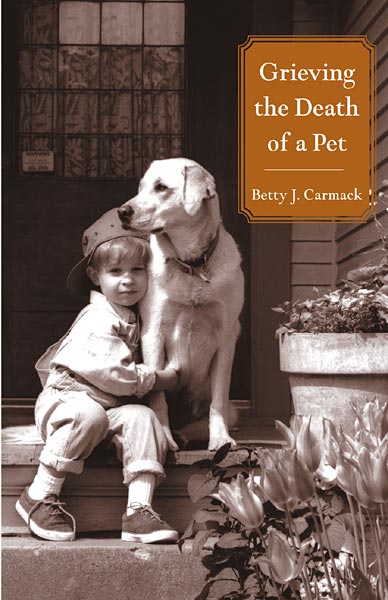 You can also arrange a ceremony in memory of a deceased friend. This will benefit both adults and children. If you have a video of the pet, you can go watch it together, but be prepared for a lot of you to cry. Explain again that when you lose someone you love, it's natural to cry. nine0003
You can also arrange a ceremony in memory of a deceased friend. This will benefit both adults and children. If you have a video of the pet, you can go watch it together, but be prepared for a lot of you to cry. Explain again that when you lose someone you love, it's natural to cry. nine0003
If possible, let the children say goodbye to their pet. This begins the first stage of the mourning process. Ask the children if they want to see the body, and respect their wishes. Some children may refuse and others may not. Let them decide for themselves. However, if the animal died in a particularly brutal way, such as being run over by a car, it may not be a good idea to show its body to younger (and even older) children. Explain that Rover would not want them to see him like this. Be sure to arrange a farewell ceremony, even without a body. Let the children write a poem or say a few words about the pet, for example, list why they loved him. It is important not to force the child to do something if he does not like your suggestions.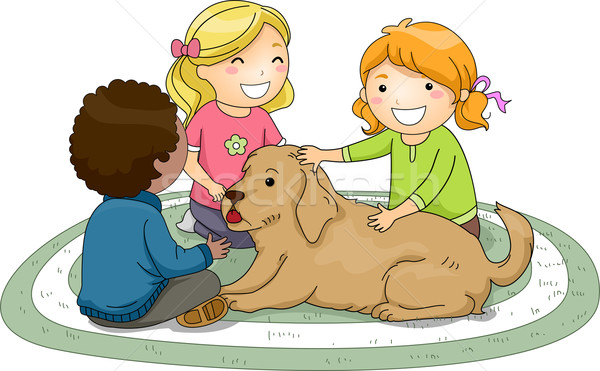 Some children deal with grief quietly, in their own way. Remember, there is no right or wrong way to grieve. The most important thing is to give children this opportunity. If they feel they are not grieving enough, they may feel guilty. nine0003
Some children deal with grief quietly, in their own way. Remember, there is no right or wrong way to grieve. The most important thing is to give children this opportunity. If they feel they are not grieving enough, they may feel guilty. nine0003
Ask them how they feel about the loss. You may need to help young children find the right words to describe their feelings. Older children are not always willing to discuss their grief with adults, so you will have to watch them carefully to notice changes in behavior. Don't give up and invite your child to talk from time to time - older children often need this the most.
Let others know what is going on in your child's life. nine0124 Ask neighbors, teachers, relatives and friends to show more support and understanding for the child. Say that you will be grateful if they are more attentive to him in this sad and difficult time. Remember: sometimes children's behavior changes, and other people can help you notice these changes.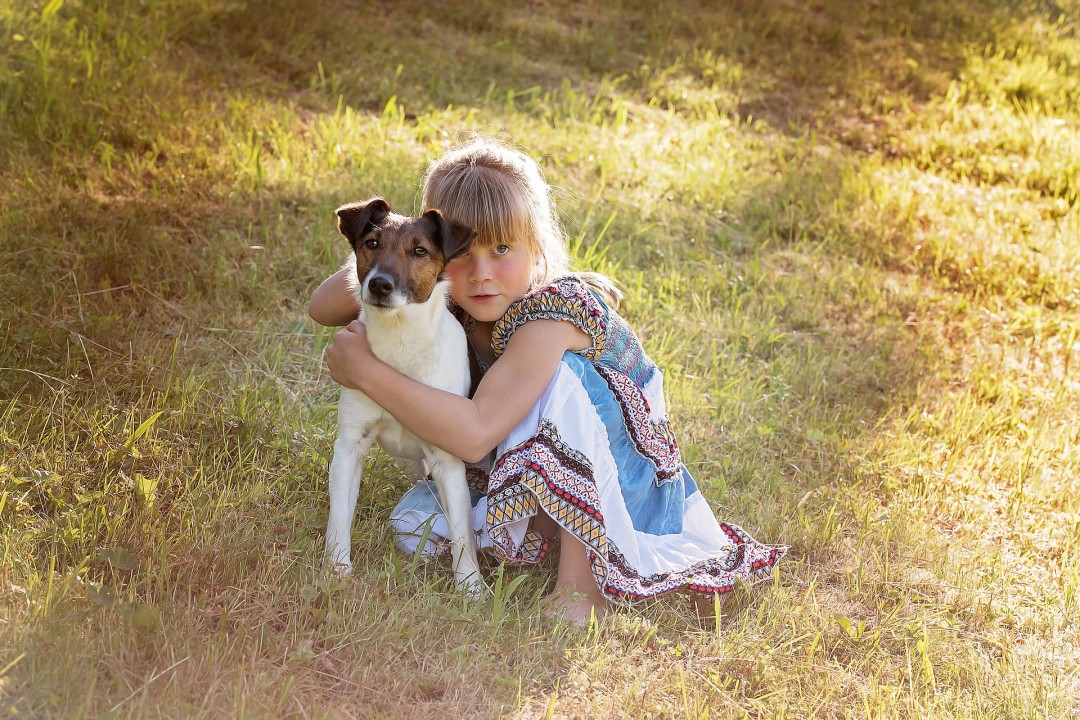
Do not limit the child's grief. We all grieve in different ways, for some this process takes longer than for others. If after six months you do not notice any improvement in the condition and mood of your child, you should seek professional psychological help. nine0003
Don't talk about the death of a pet more than the children want to know. Although you want to be honest, don't go into details unless you're asked. Sometimes too much information can overwhelm a child and exacerbate the grieving process.
If a child wants to have a farewell ceremony for a pet, respect this request. Such rituals signify final reconciliation with the departure of a loved one. You can just say a few words about your pet or have a formal funeral. Remember, you don't need a body for this. A photo is enough. nine0003
Do not try to get another animal right away. Give the children time to grieve so they (and you) can come to their senses. If you're getting a new pet right away, it's best not to adopt a dog of the same breed or a similarly colored cat, as the kids will probably expect the same behavior from the new pet and be disappointed. Like people, all animals are different from each other.
Like people, all animals are different from each other.
Most importantly, remember that a healthy way of dealing with grief does not involve denying the tragedy, but honestly acknowledging a painful separation. The loss of a beloved pet is a difficult and emotional experience for everyone, including children. But this time can also be a good time to share feelings with children and talk to them about life, love and death. nine0003
Questionnaire to measure the strength of a child's attachment to a pet
This questionnaire will help adults understand how strongly a child is attached to a pet. Unlike the adult questionnaire for determining the type of attachment, there are no points, the sum of which indicates a certain type. The more times the child answers "yes", the deeper his attachment. If you have multiple children, you may find that each of them has a special relationship with the animal. This will help you understand which children need more support from you.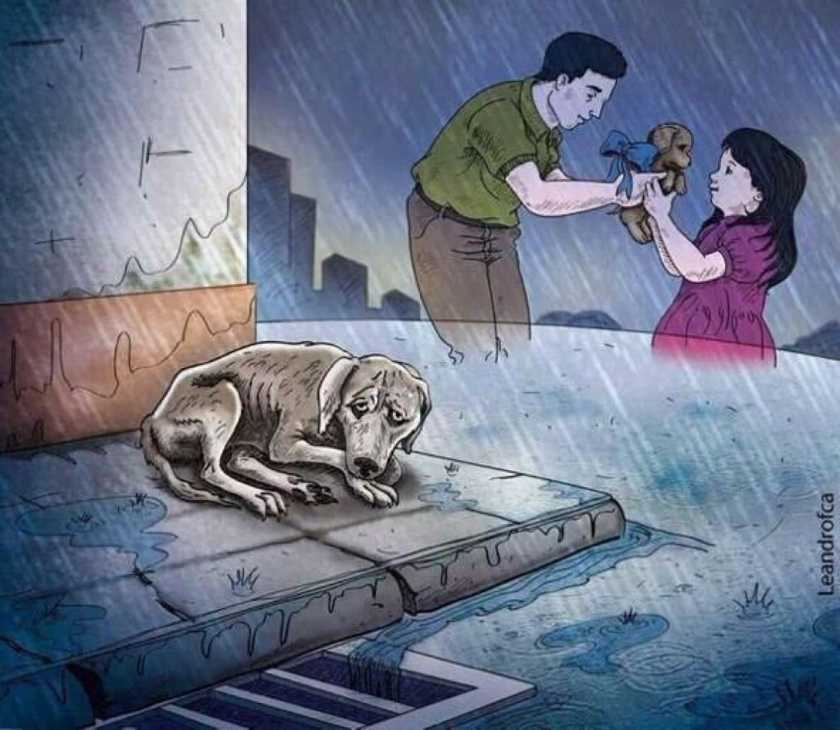 nine0003
nine0003
This questionnaire can also be used as an aid to talking about an animal. You can discuss the child's answers to each of the questions.
Photo: Nina Buday / shutterstock / fotodomSo, you need to answer “yes” or “no” to the following questions (there are no right or wrong answers to the questions):
- Have you often talked with your pet?
- Did you tell him secrets that no one else knew about?
- Did you consider your pet a family member? nine0174
- Did you discuss your problems with him?
- Did your pet understand you when you were sad or bad?
- Did you sleep with your pet or would you do it if you had the opportunity?
- Did you teach your pet commands?
- Were you proud of your pet?
- Was your pet your best friend?
- Did you celebrate your pet's birthday?
- Did the pet participate in the celebration of holidays, such as the New Year? nine0174
- Did you buy gifts for your pet?
- Do you have a drawing or photo of a pet? If yes, are they important to you?
- Do you miss your pet a lot?
- Would you like to have a new pet?
As you learned in this chapter, children need special support to cope with the loss of a pet.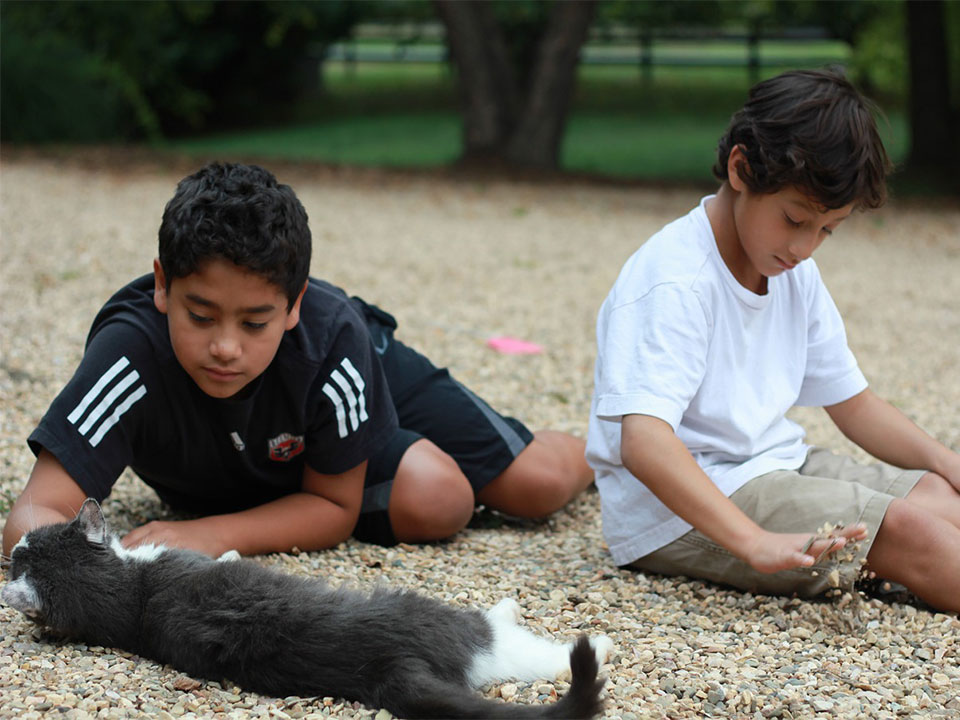 I hope that everything I have said will help you provide your child with the necessary attention and care so that it is easier for him to cope with grief. nine0003
I hope that everything I have said will help you provide your child with the necessary attention and care so that it is easier for him to cope with grief. nine0003
Cover photo: eva_blanco / shutterstock / fotodom
How do you explain to your children the death of a beloved cat or dog?
Recently you heard: “Mom, where is my dog? Why doesn't she live with us anymore? Will you leave too and never come back like her?” When a dog dies in the family, children often have a lot of questions and it can be difficult to figure out how to answer them. Explaining the death of a pet to a child is never an easy task. Depending on their age, mourning the loss of a dog (or impending death) can cause extreme confusion, not to mention depression, and children need the help of their parents to deal with the situation. But where to start? What to say? Everyone has their own approach to how to tell the child this news, and this is normal. If you don't know how to explain loss to your kids, these three tips can help.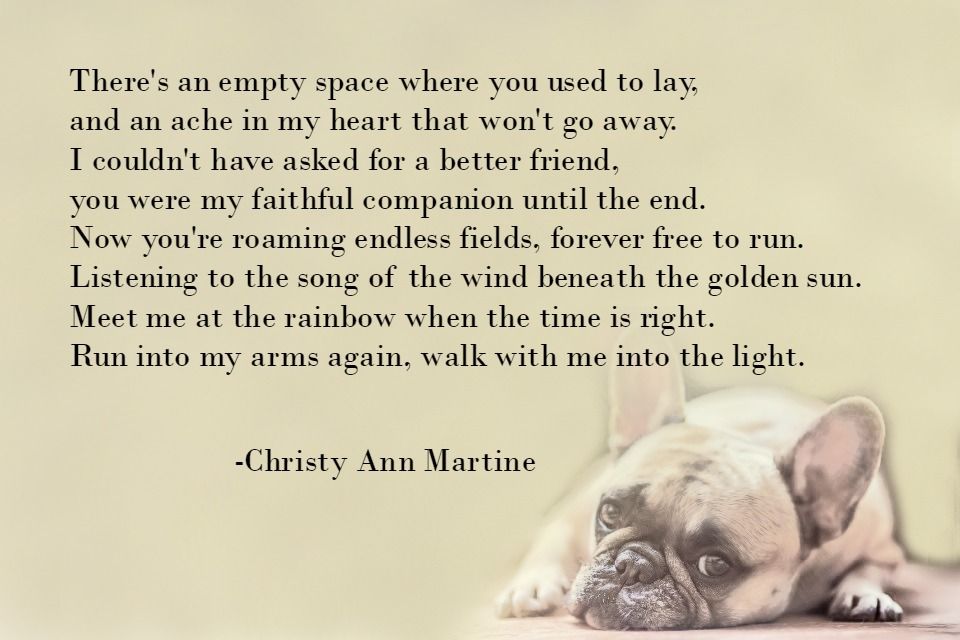 nine0003
nine0003
1. Be honest.
You may want to soften the news of your dog's death, especially if your children are young. You might find it much easier to turn the truth around and tell them that their beloved pet should take care of another family in need, or that he followed his dream and set off to explore the wild jungles of Australia, but stories like this aren't always the best way out. . Although some people claim that children are smarter than they seem, the truth is that they understand a lot more intuitively, and not intellectually, as adults believe. nine0003
You know better how much truth you should tell your children, but being direct will help your child understand the situation and begin to understand their feelings. After all, death is an important part of life. Your children will experience this sooner or later, both as children and as adults, and although death is never an easy experience, learning about it in a safe environment will help them cope with future losses.
Remember that honesty does not necessarily mean that you have to give all the details. Choose the wording that is most comfortable for you, be sure to use the word with an "s" (as in the word "death"), but skip any gory details. If you're a religious person or need a way to soften the blow, you can mention that she's gone to dog heaven, but it's better to explain what that means in terms of your dog's life. Don't mislead a child by telling him that his beloved dog is somewhere else, wandering the world, as he will only get worse when he realizes the truth. nine0003
If your pet is still alive, talk to the children about his illness or injury before he dies. Explaining the death of a pet to a child is much easier if your son or daughter knows it's inevitable and isn't surprised by the news. However, sometimes accidents happen and some dogs die in their sleep. In this case, be patient when answering endless questions about whether your furry friend will return and choose your words carefully.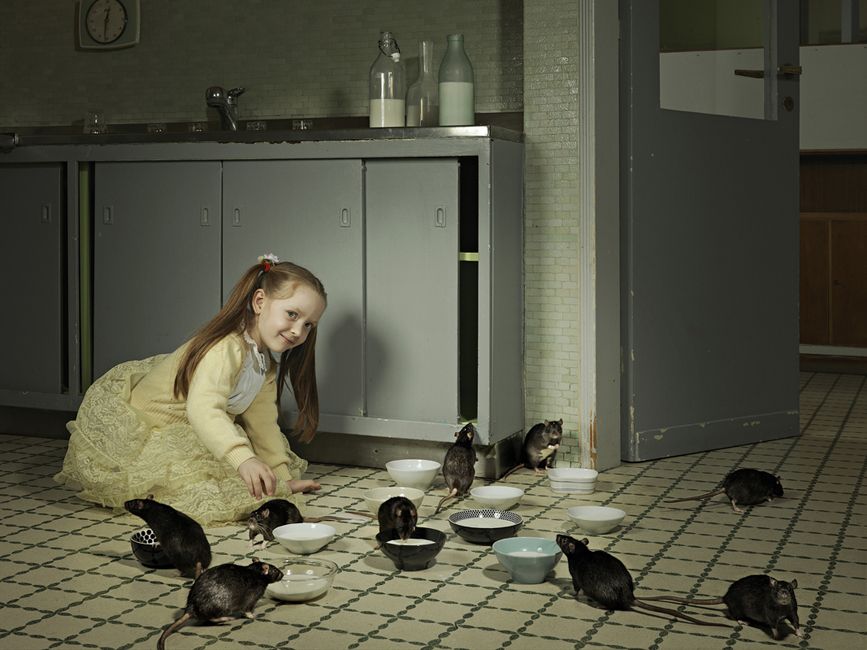
2. Acknowledge your children's feelings. nine0213
When explaining the death of a pet to a child, be prepared for a wide range of emotions. Your children may burst into tears, become hysterical, or even simply ignore your announcement. All these feelings and actions are a way of digesting the news. Young children are still learning to recognize their emotions, so they often turn to their parents to understand exactly how they feel. Mourning the death of a dog is hard work, so acknowledge their emotions whether or not you feel the same way. According to the Kübler-Ross model of grief, people go through five stages: denial, anger, bargaining, depression, and acceptance. To best help your children cope with loss, try to understand what stage they are currently in, and remember that different children may be at different stages or progress to the next stage at different rates. nine0003
During the denial stage, gently remind your children that your dog is no longer alive. Be patient if they get angry.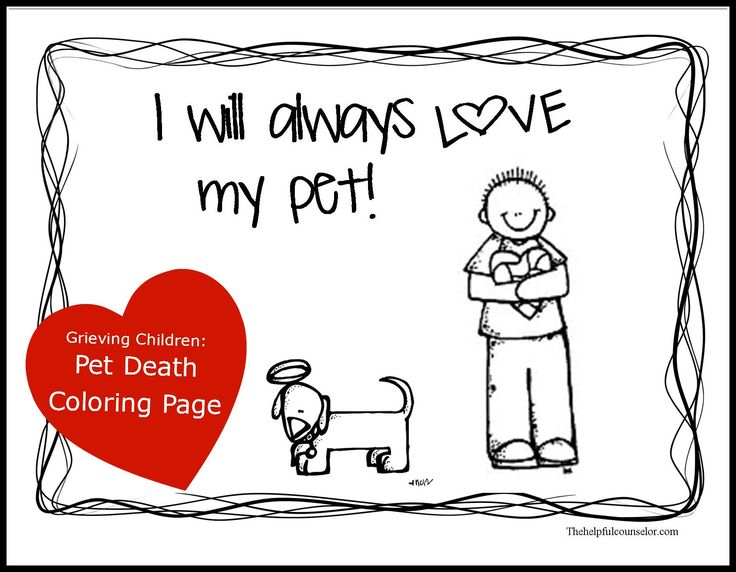 Explain to your children that there is nothing they can do to make a difference if they are in the bargaining stage. Try to encourage them if they feel sad, depressed, and alone, and always keep the memory of your pet, even after the acceptance stage.
Explain to your children that there is nothing they can do to make a difference if they are in the bargaining stage. Try to encourage them if they feel sad, depressed, and alone, and always keep the memory of your pet, even after the acceptance stage.
And one more note: your emotions do not always coincide with the emotions of children. They can get it done faster than you expected and much faster than you can. This is fine. Just watch them for a while to make sure they don't keep their emotions to themselves. Conversely, your children may be discouraged much longer than necessary. Don't rush things. If you're worried about their emotional state, talk to a counselor about how to help them deal with their feelings and overcome their loss. nine0003
Additional note - it's okay if you go through these emotions too. This dog was your pet, so it's natural to feel the hole in your heart that was left when he left. Coping with loss is as important to you as it is to your children.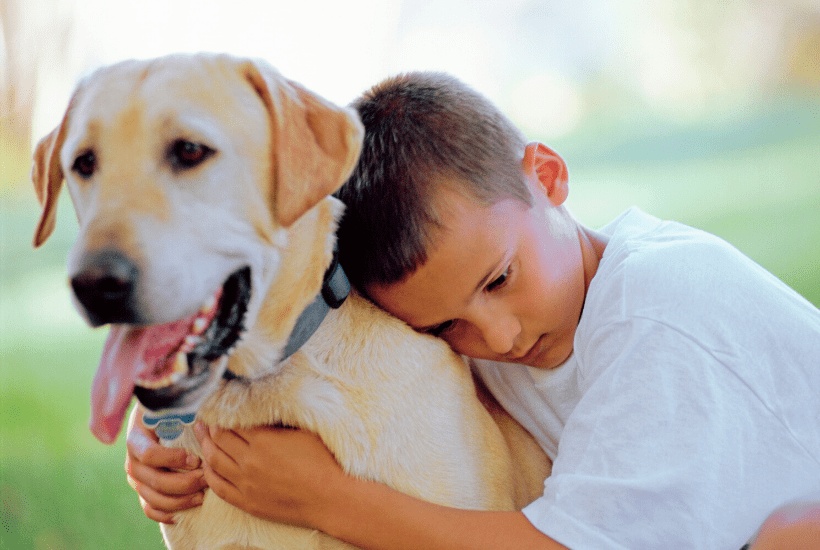 They will rely on you, so you need to gather strength for them to help them get through this difficult time, but you should not keep your emotions in yourself either. Children are very persistent; you may even find that you are leaning on them in an attempt to get through this grief more than they are leaning on you. nine0003
They will rely on you, so you need to gather strength for them to help them get through this difficult time, but you should not keep your emotions in yourself either. Children are very persistent; you may even find that you are leaning on them in an attempt to get through this grief more than they are leaning on you. nine0003
3. Have a farewell ceremony with your pet.
Now that you have explained the death of a pet to your child, you may be wondering how your family can let go of the situation and move on after this unfortunate event. Your dog has been the most beloved and it will be hard to go about your daily life without his fun activities in your home. However, children will look to you as an example of how to live without a dog.
One of the best ways to help children mourn the loss of a dog is to invite them to hold a farewell ceremony for your pet. To do this, you can share stories about happy moments or funny things that happened to your close-knit family. Think of it like a memorial service. Invite your grandparents, family friends, or even the neighborhood dogs. Let your children take part in the planning. They can read a poem or make a collage with photos of the pet. nine0003
Invite your grandparents, family friends, or even the neighborhood dogs. Let your children take part in the planning. They can read a poem or make a collage with photos of the pet. nine0003
You can even make a memorial album with your children about your dog's life. Start with photos from the very first day she entered your home as a puppy, and don't forget to include photos of you playing and fun facts about your pet. For example, an older child might write about how their dog enjoyed riding down the slide in the backyard. The younger one can draw a family portrait to add to the album. Thanks to this, you and your children will always have something tangible as a memory of a four-legged friend. nine0003
Another option is to donate your dog's belongings, such as leftover unopened treats or food, medicines or toys, to your veterinary clinic or local animal shelter. Your pet would love to know that their items help take care of other animals or make them happy. In addition, your children will be able to cope with grief by helping others.